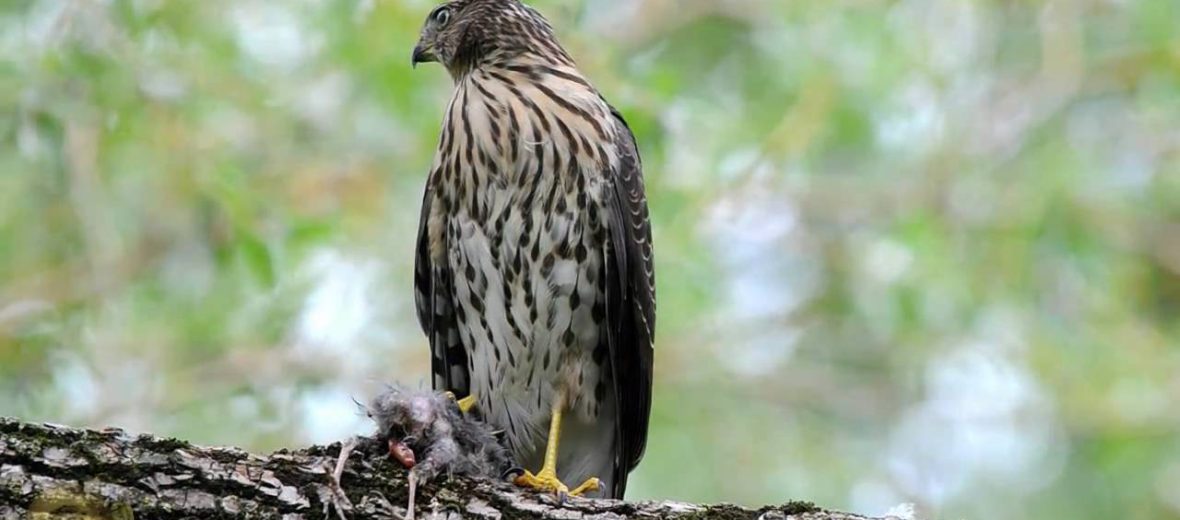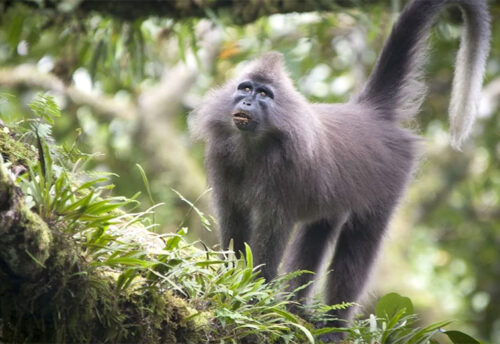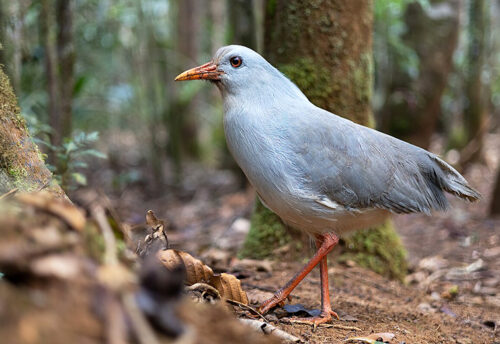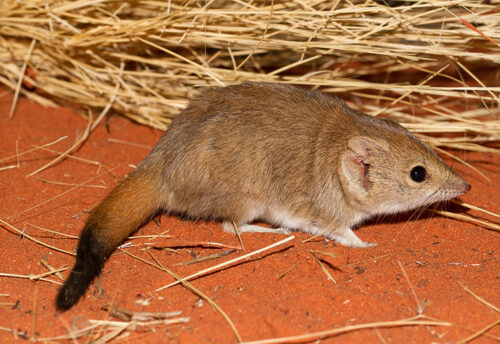
The Cooper’s hawk, aka Cooper hawk, big blue darter, quail hawk, striker, swift hawk, chicken hawk, flying cross, or hen hawk, can be found from Canada, throughout the United States, and down south into Mexico and Central America. These raptors dwell in a variety of habitats. They can be found in temperate deciduous forests; forested mountainous locales, like foothills and conifer forests; open woodlands, including diminutive woodlots; riparian woodlands, in dry regions; pinyon woodlands; farmlands; floodplains; and even in urban locations. Due to their stable and increasing numbers, these birds of prey are listed as Least Concern by the IUCN.
First the Stats…
Scientific name: Accipiter cooperii
Weight: Up to 1.2 lbs.
Length: Up to 20 inches
Wingspan: Up to 37 inches
Lifespan: Up to 12 years
Now on to the Facts!
1.) They are diurnal (active during the day).
2.) Generally solitary, these birds do form monogamous (mate for life) pair bonds.
3.) Cooperative hunting is commonplace. These birds will divide and conquer when hunting other birds. 1 will chase the bird, while the other will wait to ambush the pursued prey.
4.) The male’s call is a high pitched ‘keh-keh-keh…’ The female’s call is more of a ‘whaaaa’ cry. Especially when hungry and perched with young. But these birds can utter up to 40 different calls.
5.) A group of hawks is called a cast, kettle, aerie, boil, or lease.
But wait, there’s more on the Cooper’s hawk!
6.) These hawks prey on small to medium-sized birds, mice, rats, moles, voles, lizards, amphibians, insects, and occasionally even fish.
7.) Red-tailed hawks, goshawks, crows, great horned owls, and raccoons all prey on these hawks, or their eggs.
Did you know…?
Typical flight speed of these raptors is up to 50 mph. However, they can reach diving speeds of up to 120 mph!
8.) Females lay up to 5 eggs that incubate in up to 36 days and are fully feathers at up to 54 days.
9.) The young fledge at 27 – 34 days.
10.) Their main threats to survival are: pollutants, shooting, and habitat loss. Lead poisoning can sometimes pose a problem with these birds, in that they will sometimes consume lead bullets while eating fallen prey shot with said ammunition.
But wait, there’s still more on the Cooper’s hawk!
11.) These hawks were named in 1828 by Charles Lucien Bonaparte in honor of his fellow ornithologist and good friend, William C. Cooper.
12.) Due to their habit of hunting other birds, these hawks have been termed as being noxious, tyrants, and relentless hunters of birds. They have even been called villains.
Now a Short Cooper’s Hawk Video!
Be sure to share & comment below! Also, check out the Critter Science YouTube channel. Videos added regularly!
Want to suggest a critter for me to write about? Let me know here.
Think you know a lot about critters? Try your hand at these fun, free quizzes:



